ATHENS -- The Camorra is one of the largest crime syndicates active in the Italian Campania region and its capital city, Naples. It is one of Italy's oldest and largest criminal organizations, dating back to at least the 16th century.
The origins of the Camorra are not entirely clear, but the first official use of the word is documented in 1735, when a royal decree authorized the establishment of eight gambling houses in Naples. The word is a combination of the Italian word for “boss” (capo) and a game that was played on the streets of Naples, “morra.”
The Camorra became widely known through the book “Gomorra” by Roberto Saviano, that describes the relentless war between Camorra clans, the cocaine trade, the waste disposal business and the shiny “fake” dresses of the fashion industry. While the Sicilian Mafia is structured more like a pyramid, the Camorra is organized horizontally, with clans acting independently and feuding constantly.
The mafia is still a lucrative “business” in Italy. According to the European Strategic Intelligence and Security Center, the different mafia organizations -- the Camorra, Cosa Nostra, Ndrangheta, Sacra Corona Unita -- reap in more than 150 billion dollars annually.
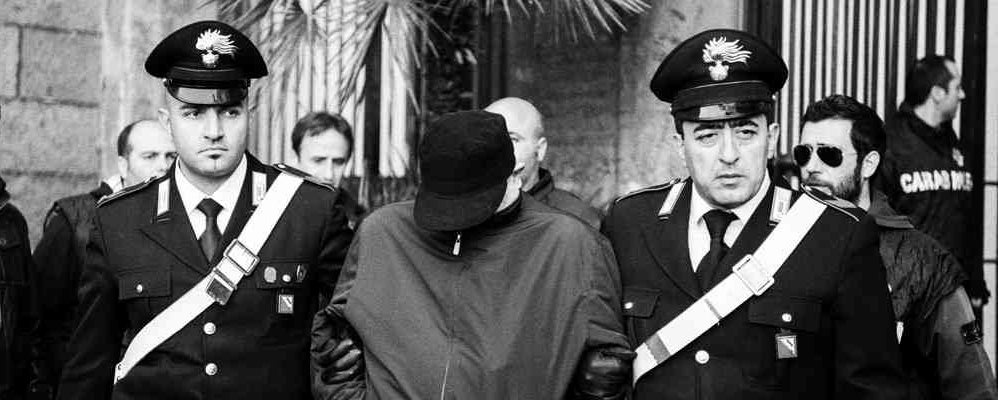
Another Naples resident who has studied the Camorra is photographer Roberto Salomone. He recently spoke with HuffPost Greece about his experiences working as a photographer in Naples.
Why did you become a photojournalist?
I wanted to become a photojournalist from an early age; when I was in high school. Sometimes I’d skip school and I’d walk the streets of Naples taking pictures. Then I went to Rome and studied photography for three years at the Istituto Europeo di Design. I graduated in 2006.

What topics do you like to photograph?
I mainly photograph stories with a strong social theme. If I had to choose my favorite photographic project right now, in addition to the Camorra project, it would be the refugee crisis. I’ll be heading to Calais, Serbia and the Greek-Macedonian border in the next few weeks. It is something I want and have to document. It's important to be able to give next generations the opportunity to understand how the world changes.

Tell us a little bit about the Camorra.
The Camorra is something that I, as a Neapolitan, feel everyday. Currently, it is absolutely impossible to beat it, as it is fully integrated within the Neapolitan and Italian society.
That’s the true power of the Camorra, the ability to hide in silence and affect everyday life.
After several years of investigating, the authorities managed to arrest two of the most important fugitives, Antonio Iovine and Michele Zagaria, godfathers of dei Casalesi.Today, the organization is “headless.” This results in chaos, as the “little Camorra soldiers” kill each other in the middle of crowded city streets. At this moment there is a “war” raging among rival gangs over control of the drugs market. Many young people are armed and ready to kill.
“That's the true power of the Camorra, the ability to hide in silence and affect everyday life.”
Naples is one of the reasons I became a photojournalist -- there are stories around every corner. Every face has its own special story. You have to explore the city to understand it. I am so grateful to this city because it taught me so much about going into the deep, in my eyes it's a great school.
You have photographed refugees both in Italy’s Lampedusa and on the Greek island of Lesbos. How did you feel about the crisis?
This crisis will change the world geopolitically. Things have changed since I was in Lampedusa five years ago.
We underestimated the problem and we are paying the consequences now. It is imperative that we save the people trying to flee from wars, dictatorships and famines. The notion of borders has changed in the past few months.
In Lampedusa, a few years ago and in Lesbos a few weeks ago, we saw something which we were not used to seeing: I saw the most primal joy, the joy of having managed to survive. And this is the most powerful thing one can see. Greece and Italy are the two “uncontrolled” doors for the refugees.
“Naples is one of the reasons I became a photojournalist -- there are stories around every corner.”
Have you ever met Roberto Saviano? What is your opinion of him?
I have never met Saviano face to face. He has been photographed occasionally. Italy should thank Saviano, because through “Gomorra,” the issue of the Camorra became known in the homes of millions of Italians.
The way Italians reacted to it was strange. As if no one had heard of the Camorra before his book. On the other hand, it became one of our most exportable products.
There were television crews from all around the world, who wanted to go to the Naples suburb of Scampia and see the Vele, the large urban housing projects where some scenes of “Gomorra” were filmed. Naples became Camorra land. I am not saying the Camorra doesn't exist in Naples, but it is a huge mistake to connect the city with the Camorra.
Take a look at Roberto Salomone's stunning photos of the Camorra below.
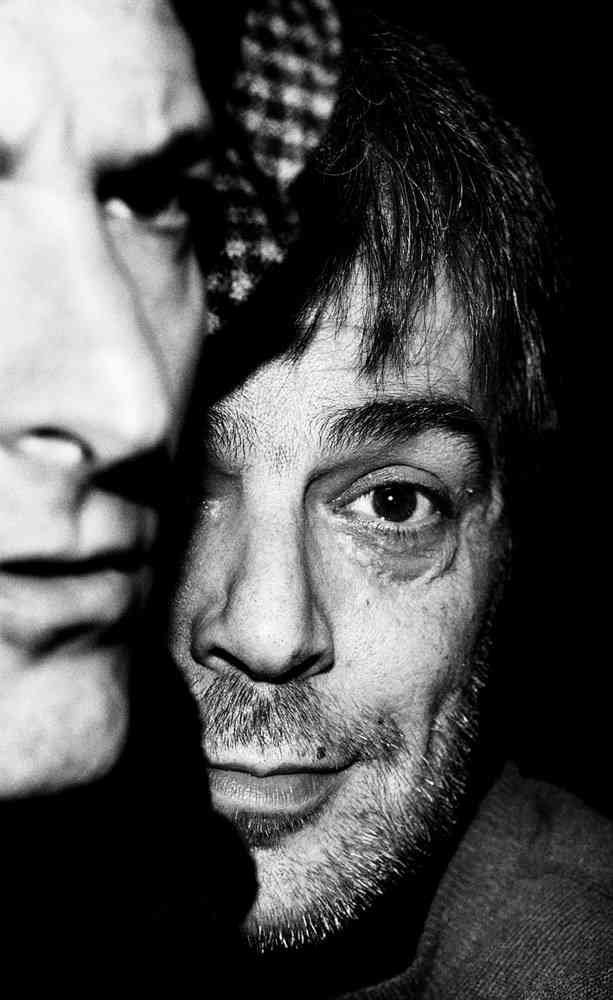



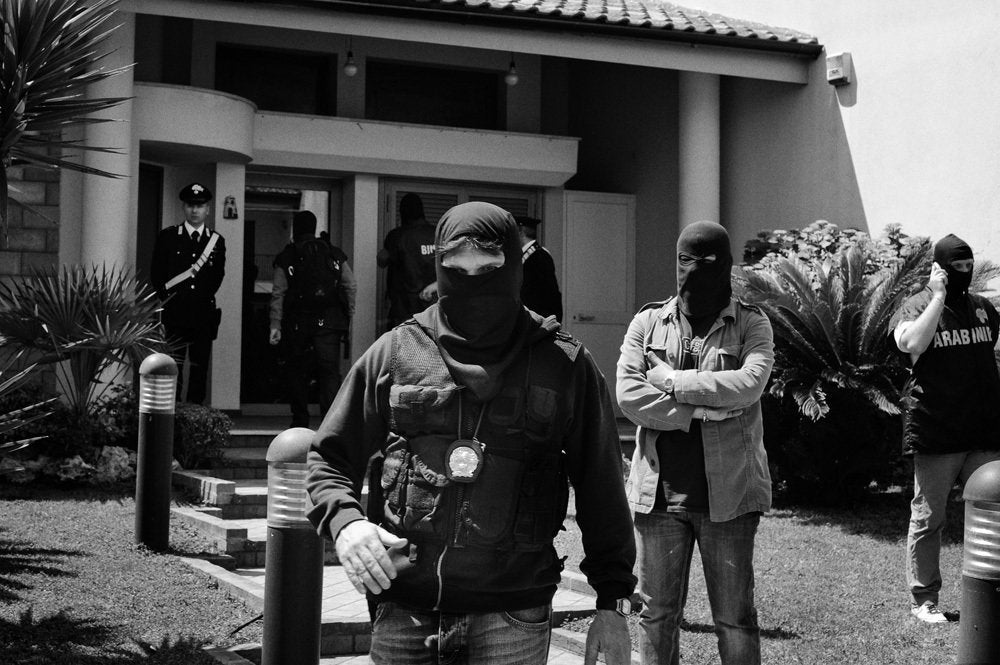
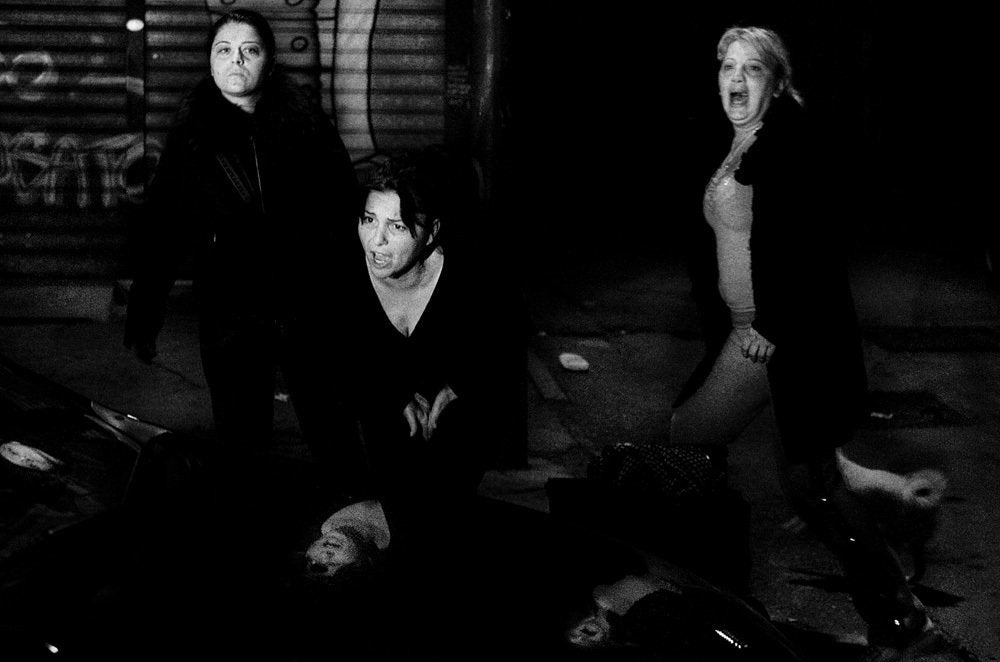
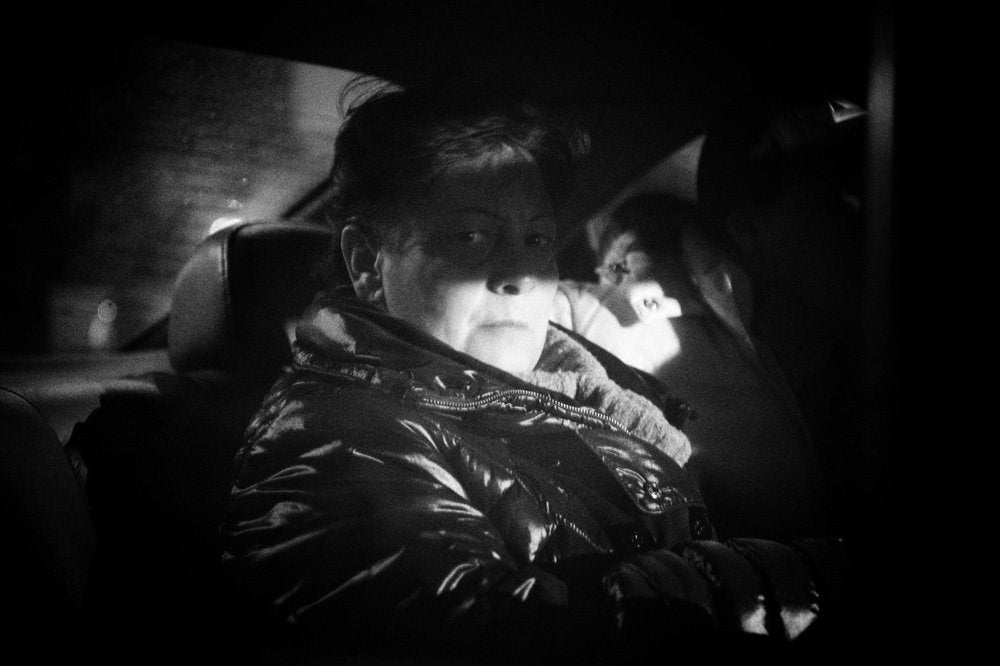
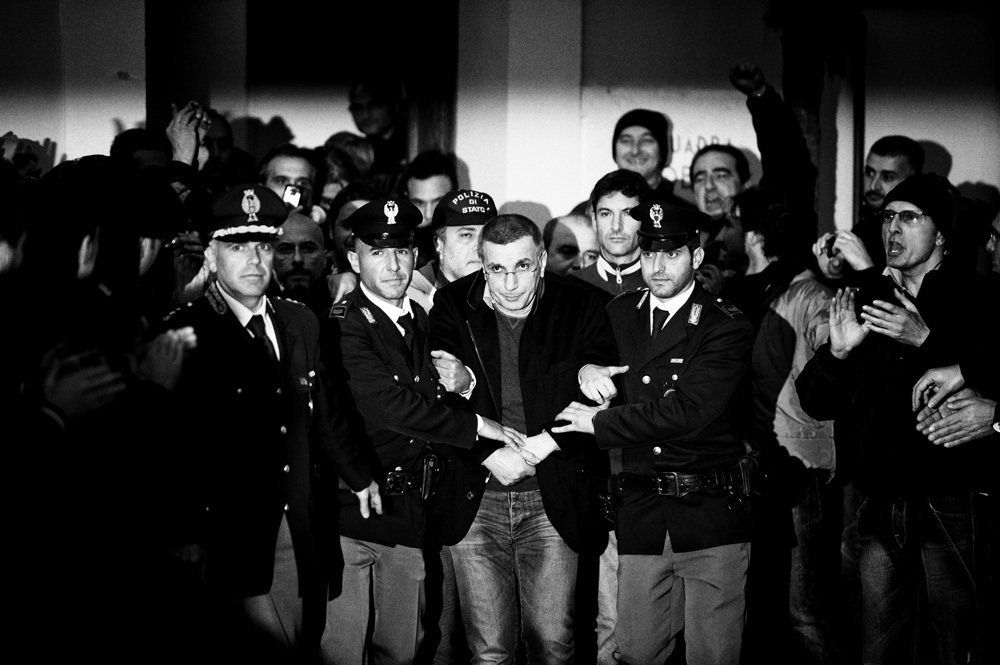
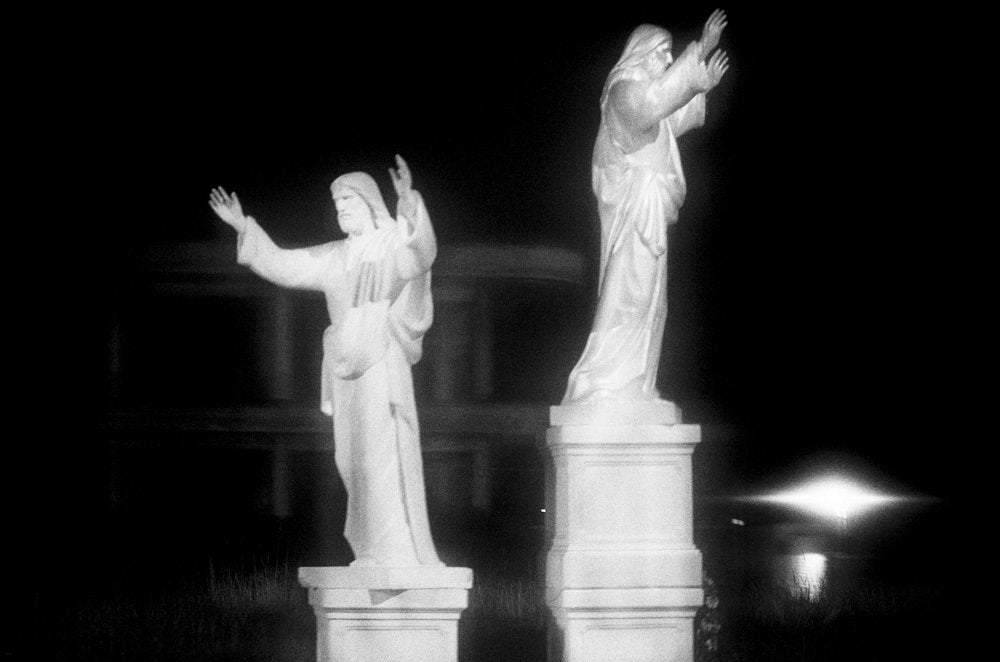


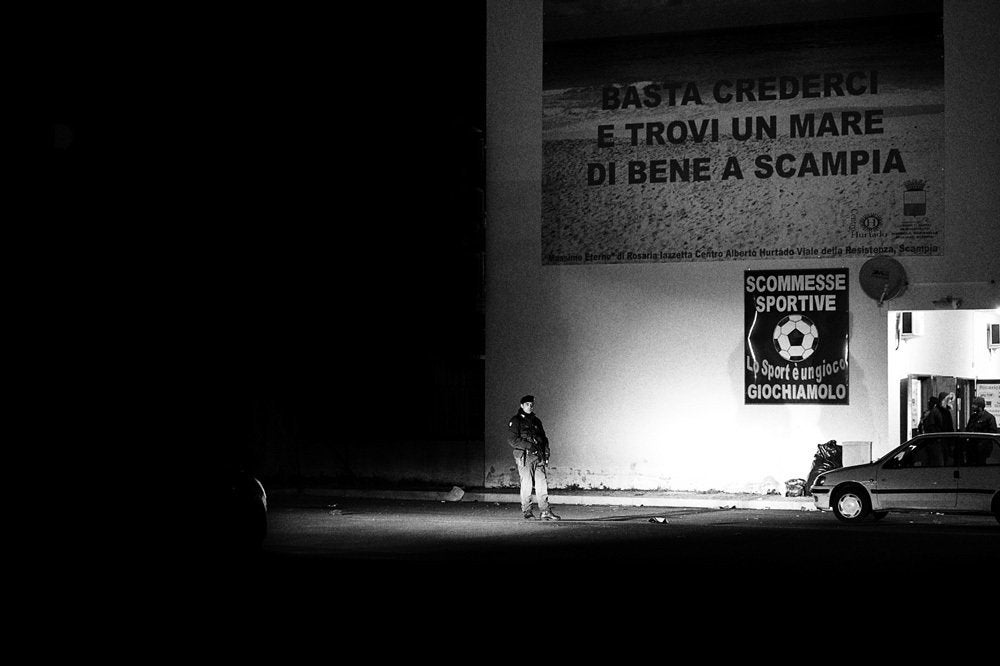
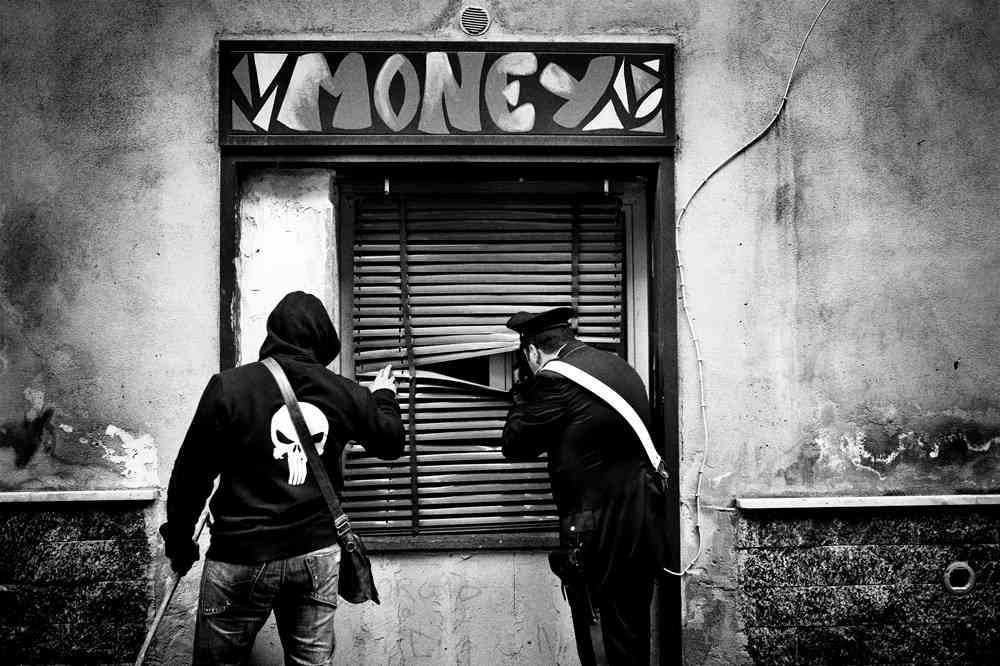
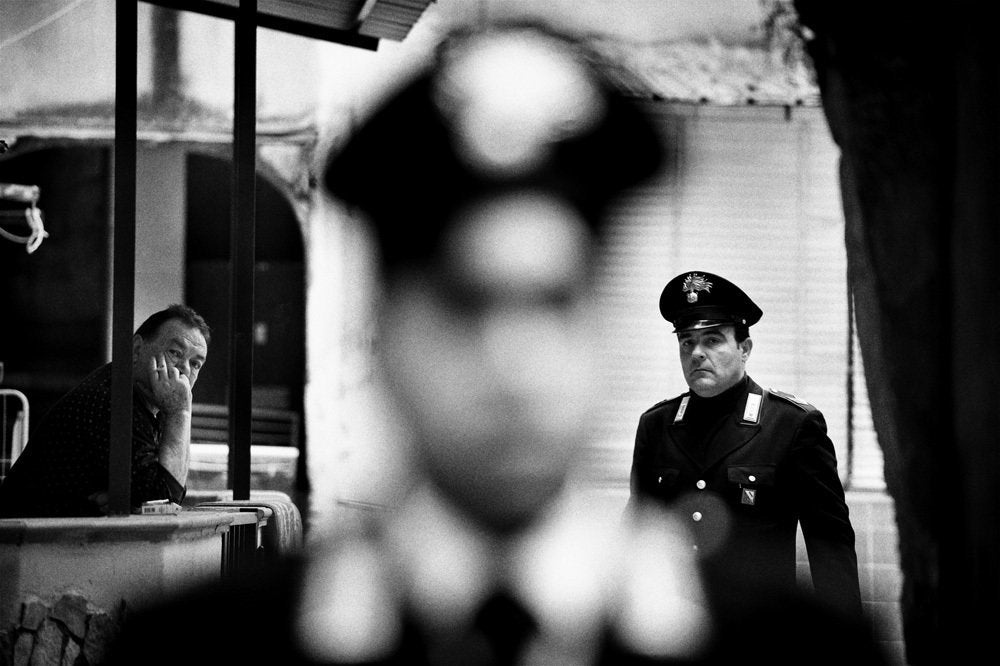
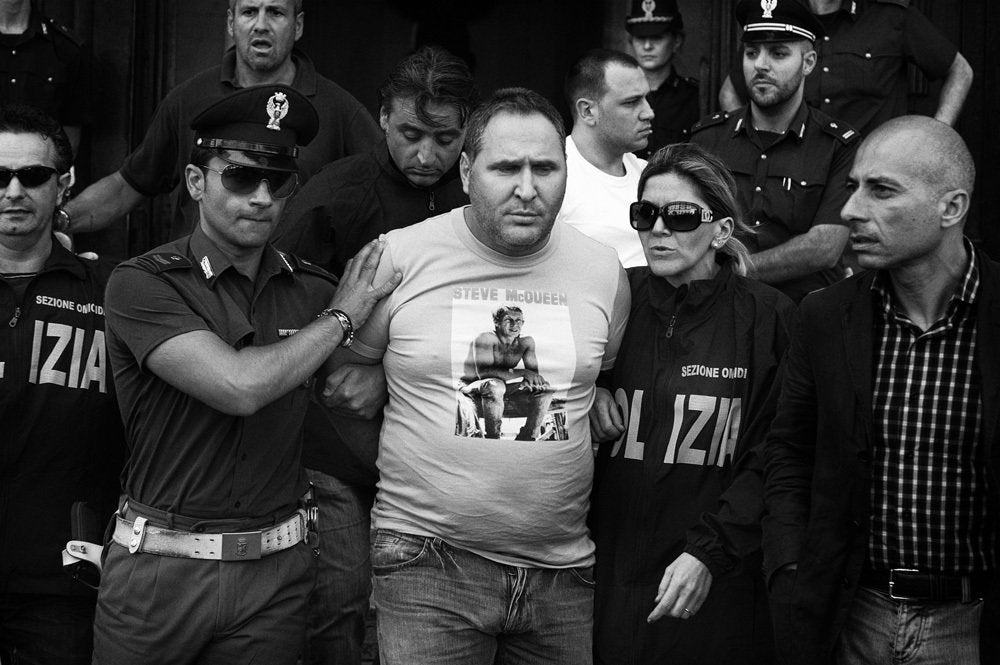
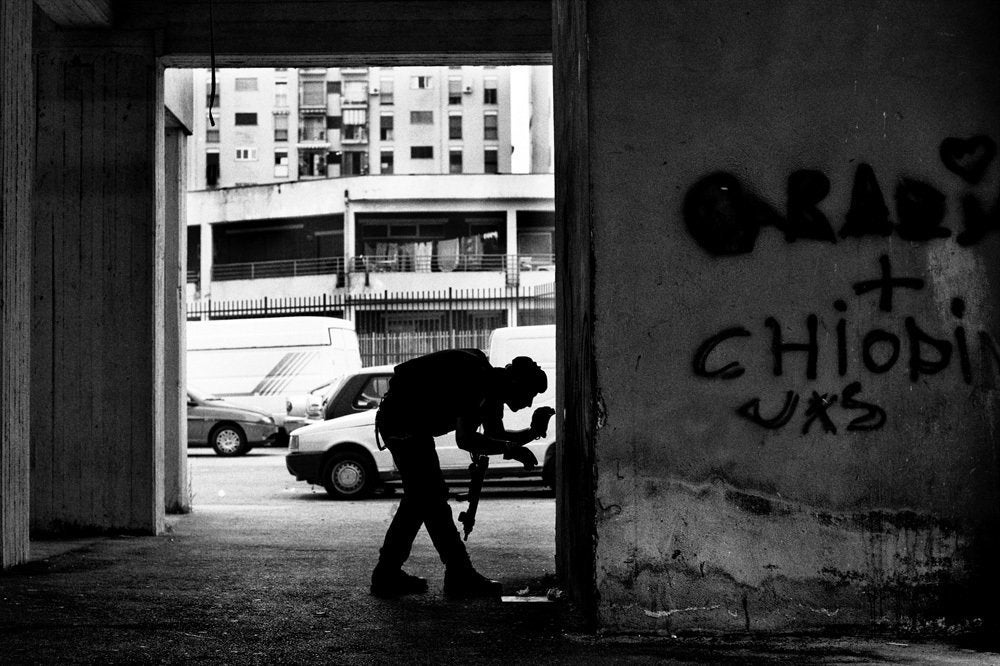

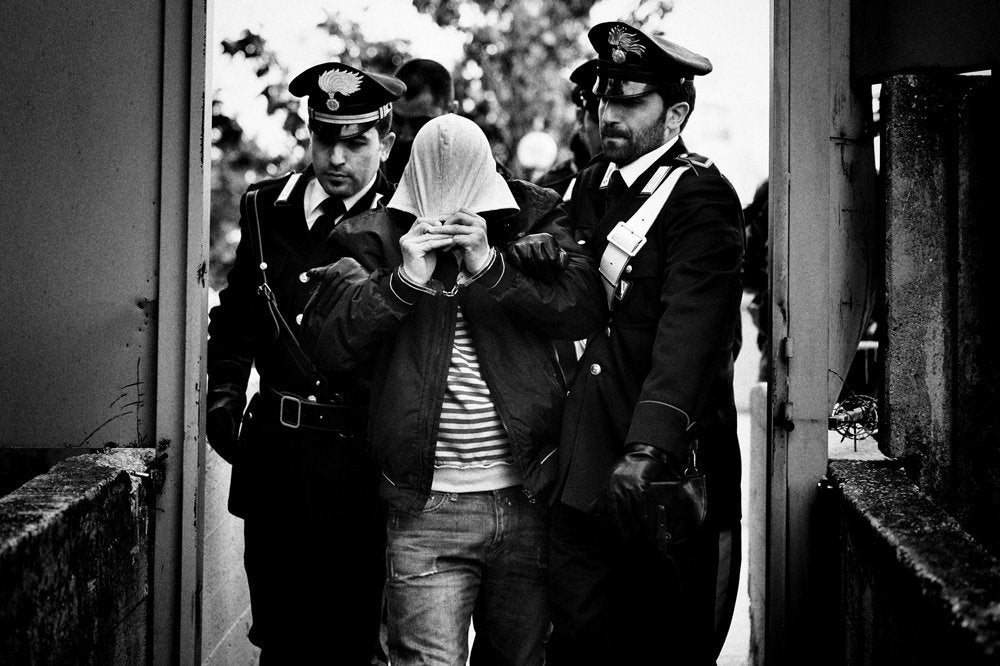


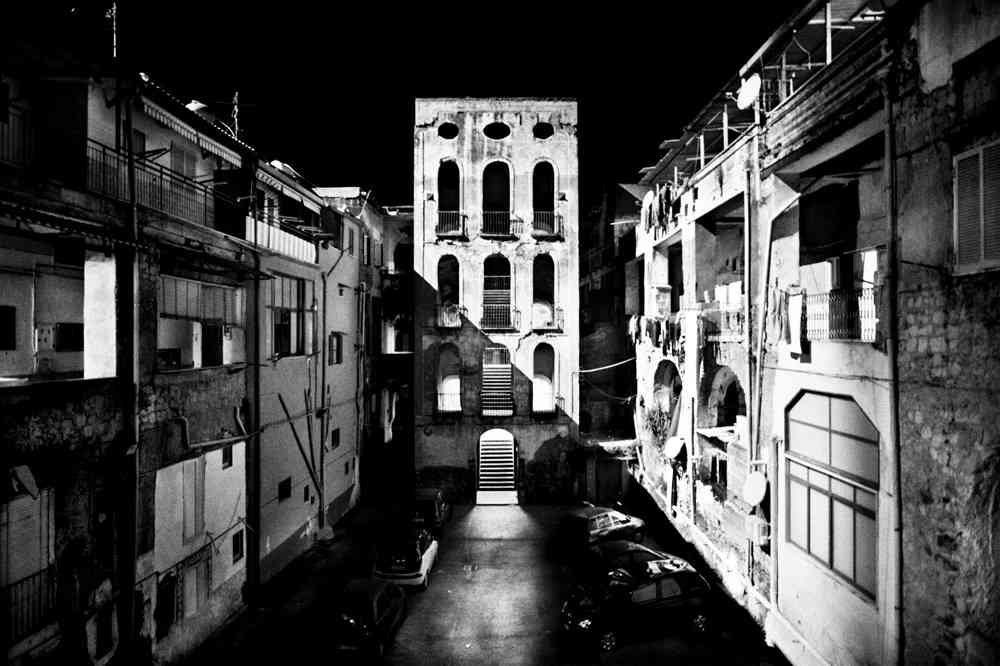
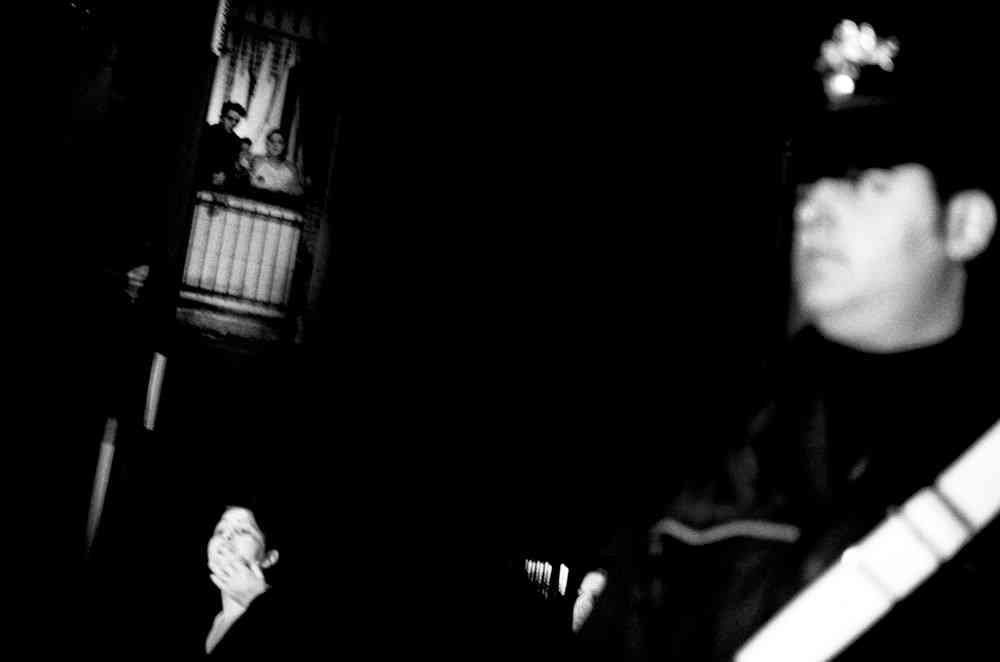

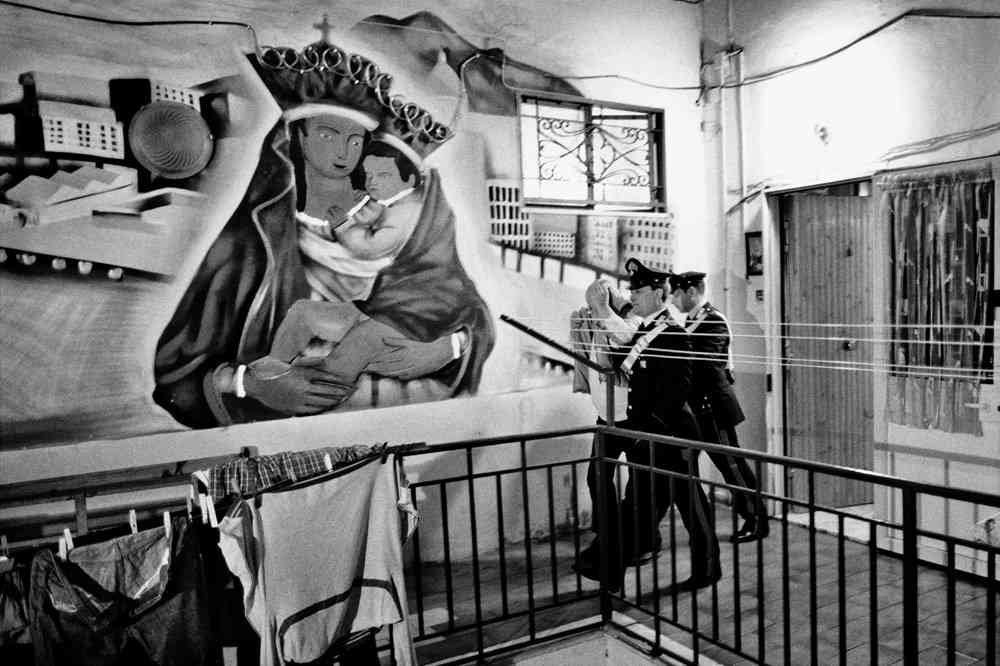
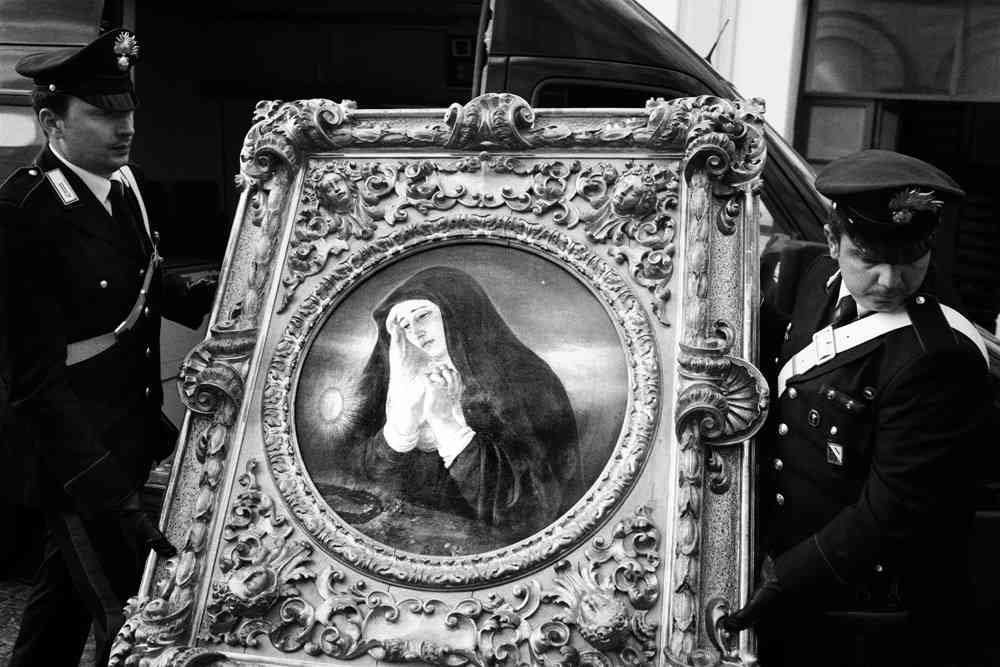
This story originally appeared on HuffPost Greece. It was translated into English and edited.
CORRECTION: An earlier version of this story misspelled "capo," the Italian word for boss.
